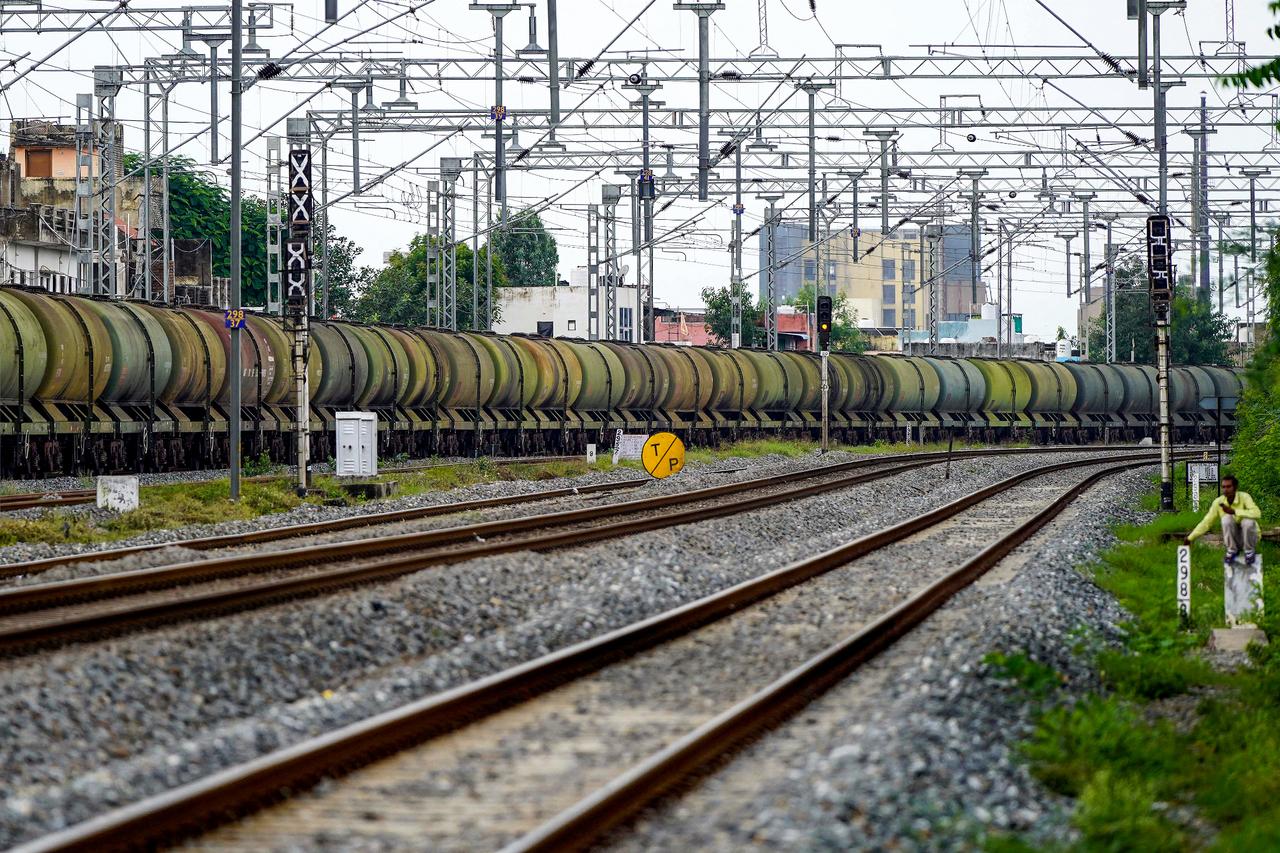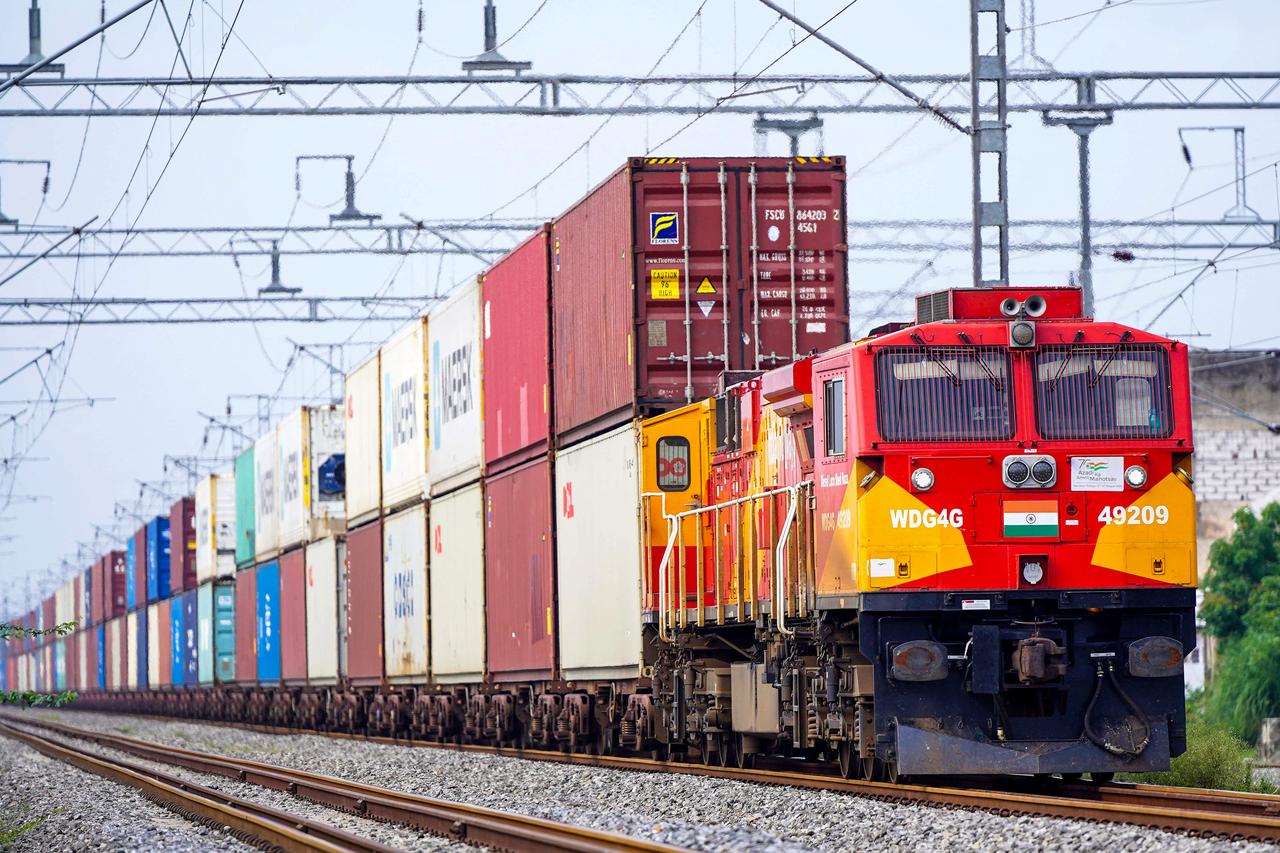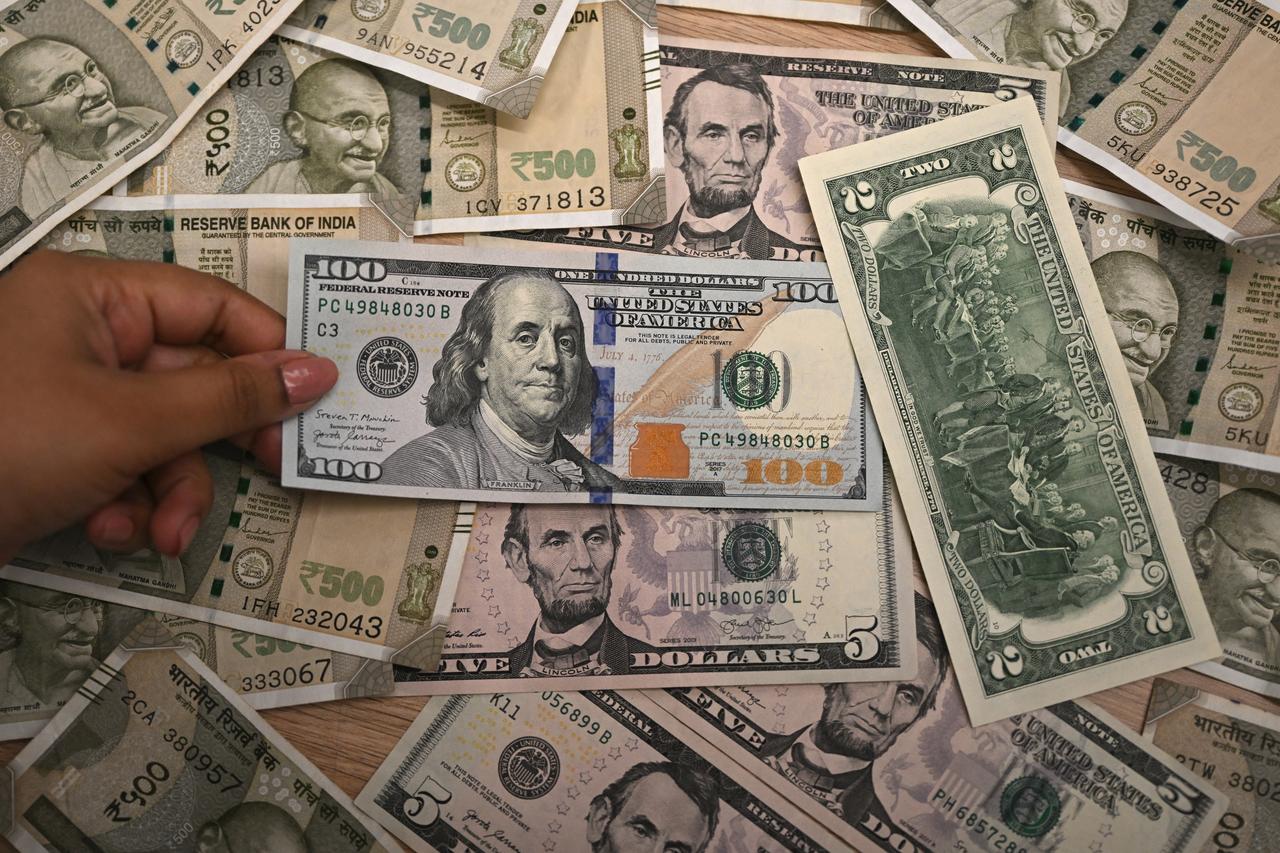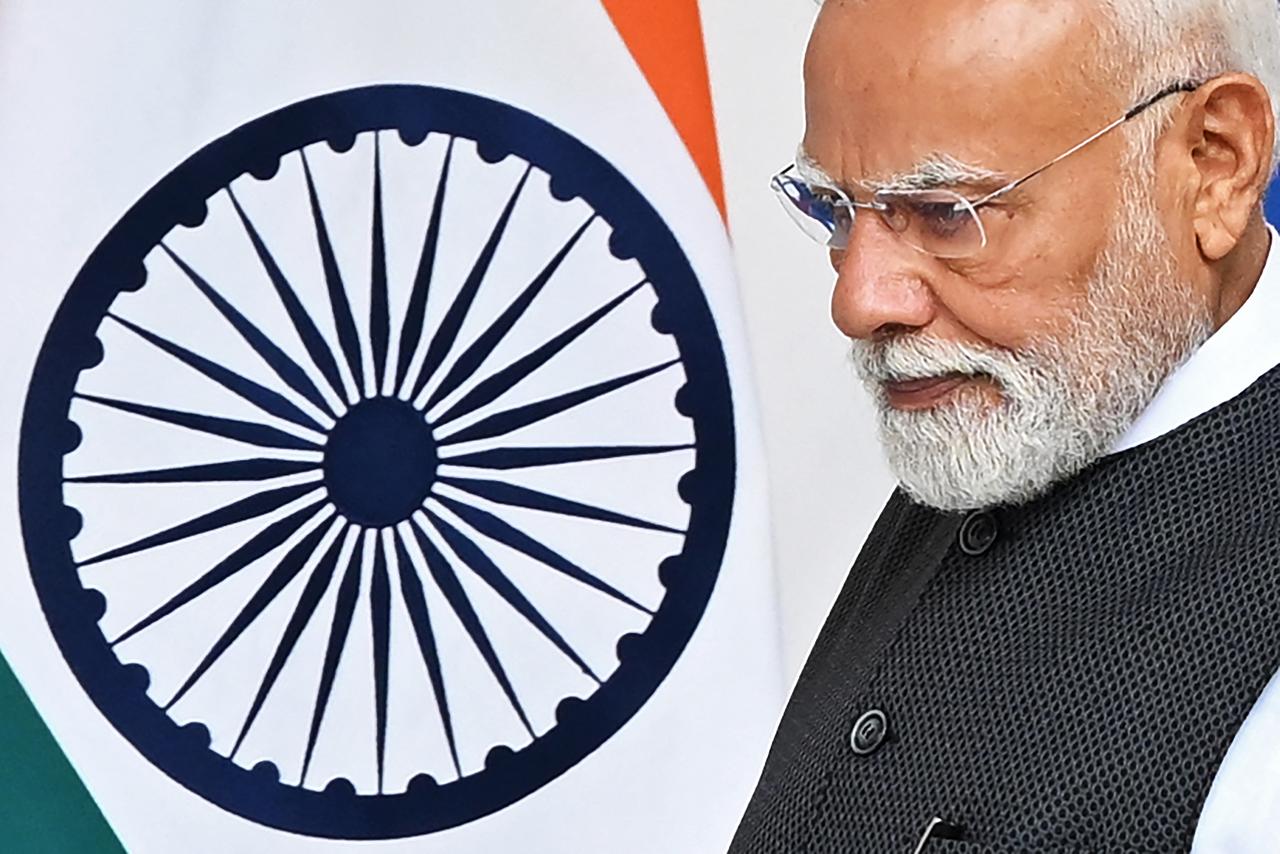
U.S. President Donald Trump's doubling of tariffs on goods from India to as much as 50% took effect as scheduled on Wednesday, escalating tensions between the world's two largest democracies and strategic partners.
A punitive 25% tariff imposed due to India's purchases of Russian oil adds to Trump's prior 25% tariff on many products from India. It takes total duties to as high as 50% for goods such as garments, gems and jewelry, footwear, sporting goods, furniture and chemicals — among the highest imposed by the U.S. and on par with Brazil and China.
The latest salvo strains U.S.-India ties, giving New Delhi fresh incentive to improve relations with Beijing.
New Delhi has criticized Washington's move as "unfair, unjustified and unreasonable."
The new tariffs threaten thousands of small exporters and jobs, including in Prime Minister Narendra Modi's home state of Gujarat. The sky-high rate leaves India, the world's fastest-growing major economy, facing a likely slump in trade with its largest export market.

Trump has slammed India for buying Russian oil, which he said was funding President Vladimir Putin's war in Ukraine. The levies also threaten India's export competitiveness against rivals like China and Vietnam, while raising questions about Prime Minister Narendra Modi's ambitions to transform the South Asian nation into a major manufacturing hub.
Some key industries will be exempt. Electronics exports, for instance, won't be covered — sparing Apple Inc.'s massive new factory investments in India for now. Pharmaceutical exports are also unaffected.
Also exempted are steel, aluminum and derivative products, passenger vehicles, copper and other goods subject to separate tariffs of up to 50% under the Section 232 national security trade law.

New Delhi has defended its ties with Russia and has called the U.S.'s actions "unfair, unjustified and unreasonable." The levies have stunned Indian officials, and follow months of trade talks between New Delhi and Washington.
India was among the first countries to open trade talks with the Trump administration, but its own high tariffs and protectionist policies in sectors such as agriculture and dairy have frustrated U.S. negotiators.
India trade ministry officials say the average tariff on U.S. imports is around 7.5%, while the U.S. Trade Representative's office has highlighted rates of up to 100% on autos and an average applied tariff rate of 39% on U.S. farm goods.
Trade between the US and India reached $129 billion in 2024, with Washington posting a $45.7 billion trade deficit, according to the Office of the United States Trade Representative.
Indian experts have estimated the tariffs could impact up to $50 billion worth of exports.

The tariff setback has sent the Indian government into firefighting mode. Earlier this month, Indian Prime Minister Narendra Modi made a promise to cut taxes to mitigate their economic impact. He has also rallied for domestic self-reliance.
He said that a Diwali gift in the form of a "massive tax bonanza" was on its way for the common man and the millions of small businesses that power Asia's third-largest economy.
Wearing a bright saffron turban and addressing crowds of spectators from the ramparts of Delhi's Red Fort during Independence Day celebrations, Modi also urged small shop owners and businesses to put up boards of "Swadeshi" or "Made in India" outside their stores.
"We should become self-reliant - not out of desperation, but out of pride," he said. "Economic selfishness is on the rise globally and we mustn't sit and cry about our difficulties, we must rise above and not allow others to hold us in their clutches."
At the same time, India and Russia have pledged to increase their annual trade by 50% to $100 billion over the next five years. India has ramped up oil imports from Russia since the full-scale invasion of Ukraine began in 2022, and now accounts for about 37% of Russia's oil exports, according to Moscow-based Kasatkin Consulting.